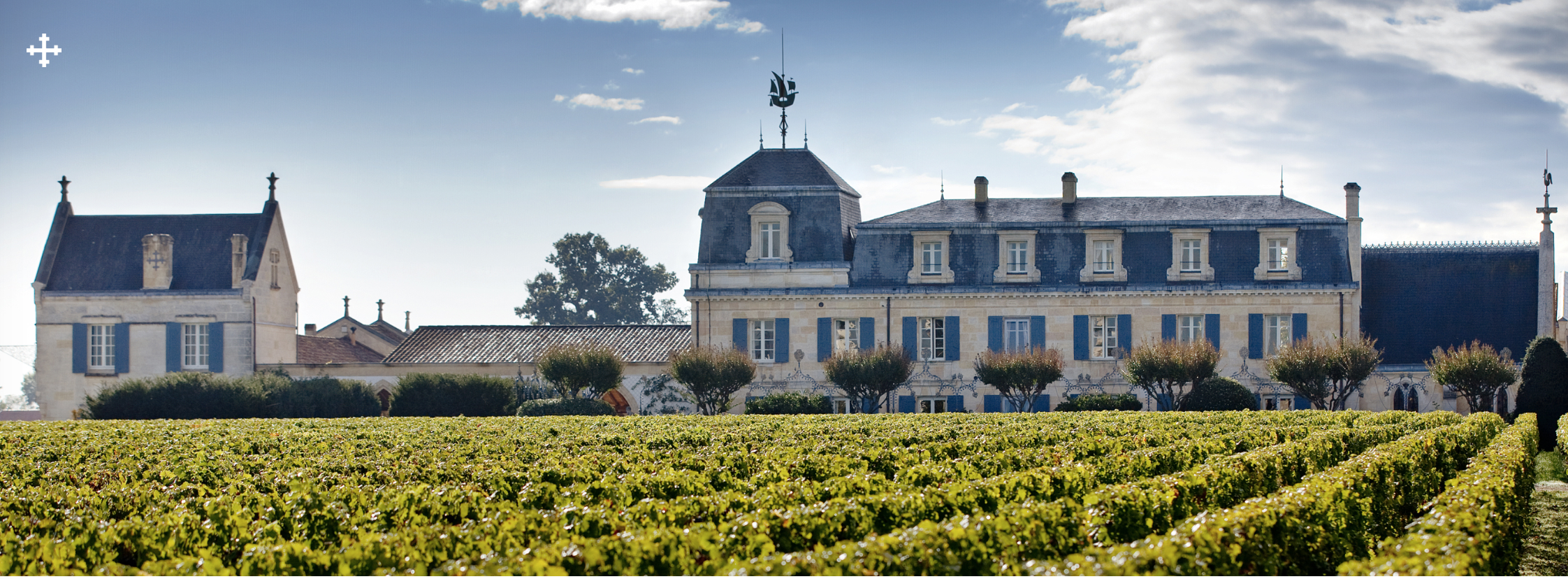Buzz Aldrin was the second man to walk on the moon. His lunar stroll came just 20 minutes after Neil Armstrong took “one small step for man, one giant leap for mankind.” But, not surprisingly, it’s Armstrong’s moon walk everyone remembers. Even on a place as sparsely populated as the Moon, it’s hard to get attention when someone else is front, center, and quotable. This happens in wine regions too.
A handful of wine regions in the world are known for being the pinnacle of a particular style or variety. They are the global reference points. Yet, few regions make just one type of wine. And appellations that offer the very best of one thing often excel at others.
Two examples spring immediately to mind. Bordeaux is inextricably associated with red wines, but it also makes phenomenal dry whites. Germany is the pre-eminent country for Riesling, yet its fresh, savory reds are excellent and pair wonderfully with a variety of foods. The Buzz Aldrin of wines, both Bordeaux whites and German reds deserve more recognition.
The dry white wines of Bordeaux, mostly blends of Semillon, Sauvignon Blanc and Muscadelle, are benchmarks themselves. The Bordeaux climate leads to Sauvignon Blanc that is riper than in many places famous for that variety. Bordeaux whites still show bright citrus, stone fruit, and tropical flavors, but lack the aggressive notes of bell pepper, grass, and gooseberry.
Semillon contributes body and richness, while adding emphasis to lemony flavors. Crucially, it marries well with new oak and is long-aging.
These wines, especially from top sub-regions, such as Graves, Pessac-Leognan, and Côtes are deeply flavorful with succulent fruit, attractive oak accents, and toothsome texture. The best can improve for ten years in bottle. But don’t overlook the light, fresh, unoaked examples which brilliant in their youth and great values as well.
 Chateau La Mission Haut-Brion (aka Laville Haut-Brion)
Chateau La Mission Haut-Brion (aka Laville Haut-Brion)
When we in the United States think about German wine, we think about Riesling and, perhaps, Silvaner. But Germany is the world’s third-largest grower of Pinot Noir, after France and the United States. Regions such as Baden, Würtemburg, Ahr, and Rheingau have enough warmth and sun to produce excellent Pinot Noir.
In Germany, where they call Pinot Noir Spätburgunder, the wines tend to be light- to medium-bodied with very fine tannins, mouthwatering acidity, and bright red fruit—blueberry, cherry and red currant. They are also distinctively savory, with prominent notes of earth, tea, truffle, and dried mushroom.
There isn’t one singular style for German Pinot Noir though. It grows in nearly all of the thirteen major wine regions. The wine’s character varies substantially, with the richest and fruitiest coming from warm zones, such as Baden. The cool regions’ Pinot Noir is fresh, crunchy and fine-boned.
Next time, we’ll look at food pairings for dry Bordeaux whites and German Spätburgunder. In the meantime, here are some wines you might enjoy trying.
2014 Sigalas Rabaud La Demoiselle de Sigalas
2016 Clémentin de Pape Clement Blanc
2008 Laville Haut-Brion Blanc
2014 Markus Molitor Brauneberger Klostergarten Pinot Noir

JJ Buckley guest blogger Fred Swan is a San Francisco-based wine writer, educator, and authority on California wines and wineries. His writing appears in The Tasting Panel, SOMM Journal, GuildSomm.com, Daily.SevenFifty.com, PlanetGrape.com, and his own site, FredSwan.Wine (formerly NorCalWine). He teaches at the San Francisco Wine School. He's founder of Wine Writers' Educational Tours, an annual, educational conference for professional wine writers. He also leads private wine tours and conducts tastings and and seminars. Fred’s certifications include WSET Diploma, Certified Sommelier, California Wine Appellation Specialist, Certified Specialist of Wine, French Wine Scholar, Italian Wine Professional, Napa Valley Wine Educator, Northwest Wine Appellation Specialist, and Level 3 WSET Educator. He's twice been awarded a fellowship by the Symposium for Professional Wine Writers.